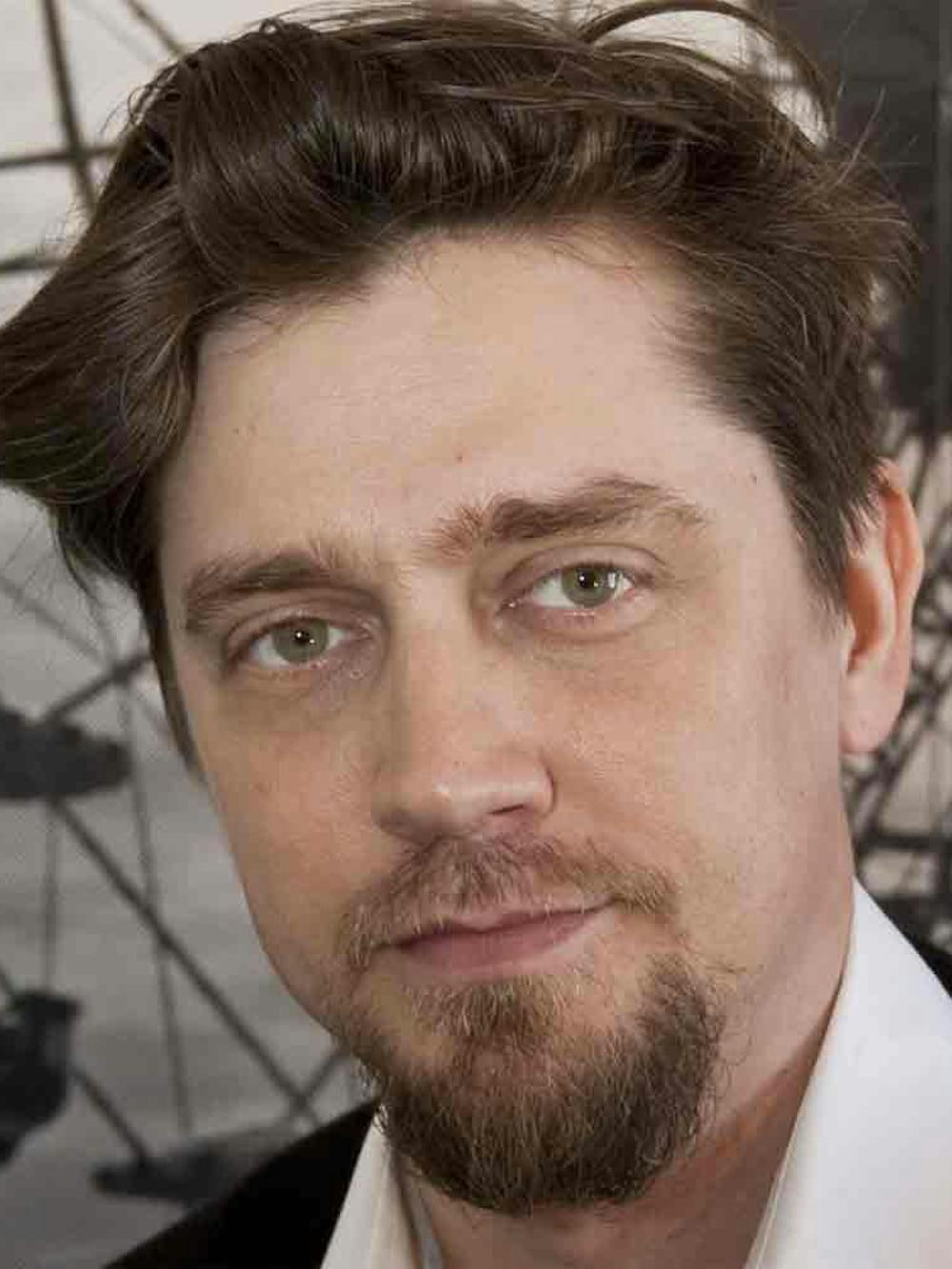If the first part of the It saga was about the terrors of childhood — the uncertainty of growing up, the possibility that adults can’t or won’t help you solve your problems — then It: Chapter Two is a treatise on stagnation, the fear that maybe we can’t ever escape the demons (metaphorical and otherwise) that haunted us as children.
Unfortunately, the film holds this theme a little too close to heart and simply rehashes the narrative of its predecessor to much less emotional effect.
The monsters of It might look scary and there are certainly a few interesting characters tucked away within, but the rest of the movie fails to create anything meaningful out of the foundation set by the first film.
Chapter Two picks up 27 years after the seven members of the Loser’s Club managed to defeat the child-eating evil (known as It or Pennywise) lurking in the sewers beneath their otherwise-idyllic town.
However, the creature has revived and is once again hunting the children of Derry, forcing the grown-up members of the club back to their hometown in an attempt to finish off their childhood foe once and for all.
Unfortunately, the film seems almost reluctant to push its characters towards that final confrontation. So much of the film felt like either padding or a simple rehash of events and themes the first movie had covered.
Many scenes were flashbacks to events from the characters’ childhoods that were not shown in the first movie. Although these scenes are often scary and unsettling, they didn’t really serve much of a purpose beyond that, and little, if anything, was revealed that wasn’t already explored in the first film. The entire middle section could have been condensed or cut entirely without really losing anything.
Likewise, Chapter Two undoes all of the characters’ development from the previous film and forces them to repeat the same narrative arcs, which severely undercuts their emotional impact.
At the start of the film, the members of the Loser’s Club seem to be in the same position that they were at the start of the series. Beverly (Jessica Chastain) is in an abusive relationship and Eddie (James Ransone) is still a neurotic hypochondriac.
Even the characters who have changed — like the once-obese, now conventionally attractive Ben (Jay Ryan) — revert to their old insecurities and tics once they return to their childhood home.
The repetition of these arcs means that it is much less satisfying to watch the characters overcome their struggles and find happiness because anyone who has seen the first film has seen it happen before.
The filmmakers also made the baffling decision to separate the characters from one another for a solid portion of the film’s runtime.
In fact, the best moments in the film arguably occurred when the characters were given the opportunity to bounce off of one another, but the script chose to isolate them in favor of repetitive jump scares.
Although I complained about the redundancies of the flashbacks earlier, I still appreciated them because they gave the characters a chance to interact.
The cast’s performances were perfectly serviceable and generally enjoyable. However, they were hampered by the generally less-interesting characterization in the script.
Chastain is fairly subdued throughout the film, although she did have some good moments sprinkled throughout; James McAvoy fared similarly well as Bill, the unofficial leader of the Loser’s Club. Isaiah Mustafa’s Mike was present in several scenes but was rarely given anything to do.
If there is a standout in the cast, it was Bill Hader as Richie, the foul-mouthed and often annoying jokester of the Loser’s Club. This is due in large part to the fact that Richie was the only character who received any sort of novel character development over the course of the film, as the first movie did not include his backstory and interactions with the monster.
That being said, Hader still managed to sell both the tragic and comedic aspects of the character, turning the worst character from the first half into my favorite.
Chapter Two also struggled to be truly and effectively scary. Don’t get me wrong: there were plenty of visually horrifying moments, and I spent a fair amount of the film’s runtime peeking at the screen through my fingers.
However, early on, the formula behind the scares became depressingly obvious. It was very easy to predict all of the jump scares, even the slightly clever ones, which takes away some of their impact.
There was also never a sense that any of the characters were in real danger, no matter what kind of eldritch monstrosity they were facing until the film’s climax. As a result, none of the horror really left a lasting impression once I was back out in the daylight.
Finally, I do just want to mention the film’s opening scene, which featured a fairly graphic hate crime against a gay couple.
It is shocking and upsetting, and I still haven’t come to terms with how I feel about it yet.
The attack is unequivocally portrayed as a horrific act of violence, which is good, but it also felt a little too real for a movie about killing an evil clown monster. I don’t think that it played a large enough role in the rest of the film to necessarily warrant its inclusion. Regardless, the scene is in the film, so please keep that in mind if you decide to see it.
All that said, It: Chapter Two is a middling conclusion to the battle between the Loser’s Club and the titular monster. The narrative repetition undermined much of the emotional core of the film, and it overall paled in comparison to its predecessor.
If you’re already invested in the characters and the universe, then it will probably be worth a watch. Otherwise, you’ll likely be better off reading the book.





